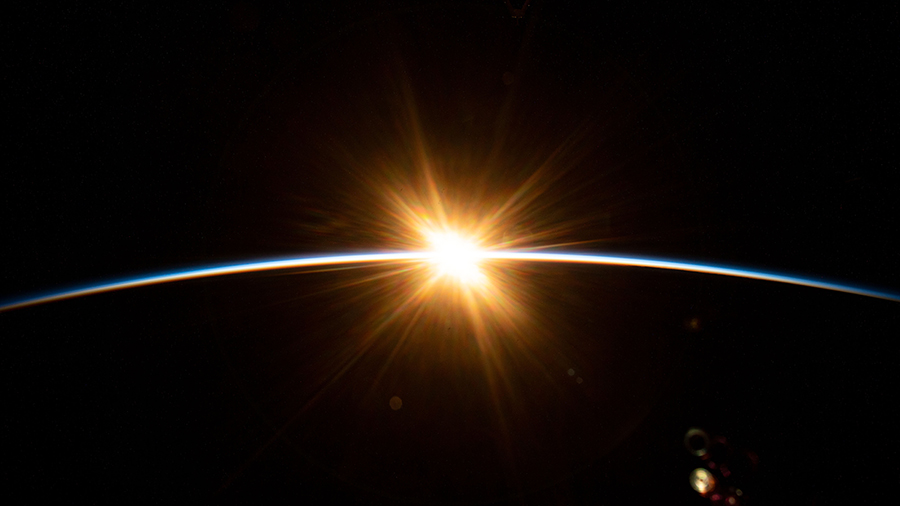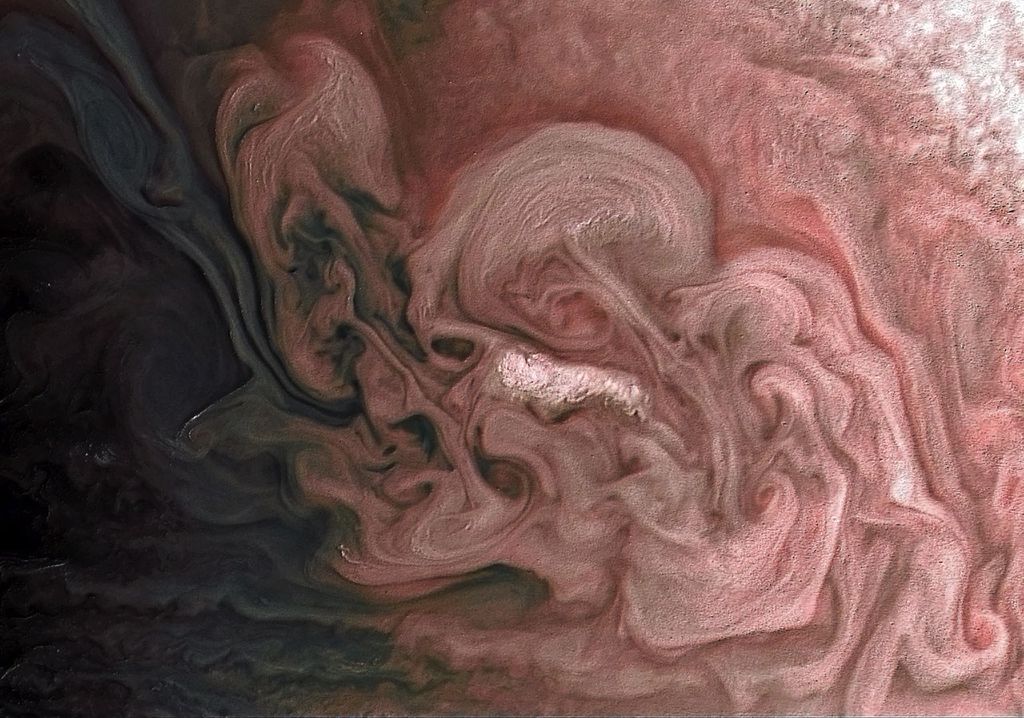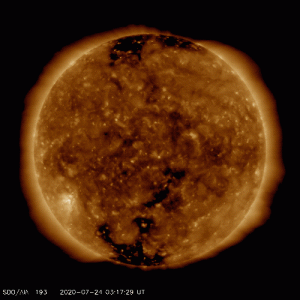Advanced space physics and biotechnology research kicked off the week for the Expedition 63 trio aboard the International Space Station. Commander Chris Cassidy of NASA started Monday operating a variety of science experiments that observe different microgravity phenomena. He continued researching water droplets in the U.S. Destiny laboratory module to promote water conservation and improve …
Station Team Starts Workweek Researching Physics and Biotech

































